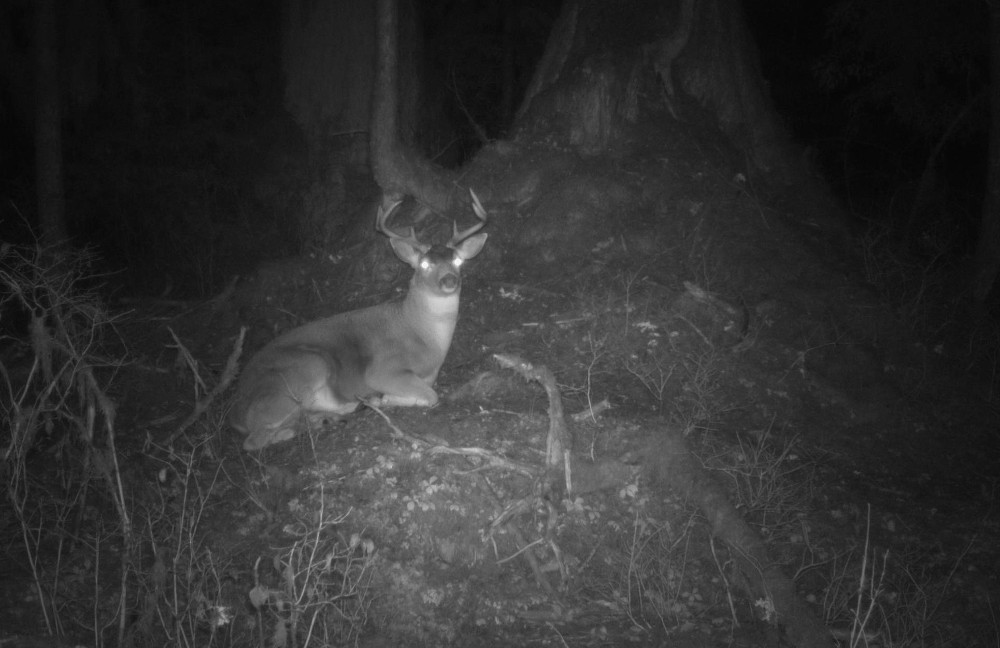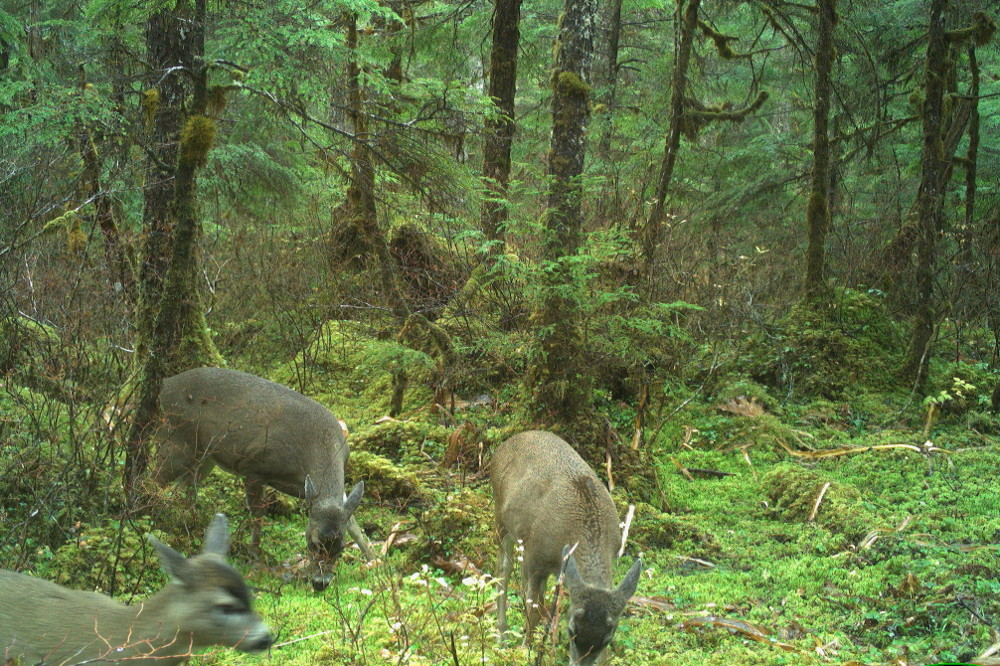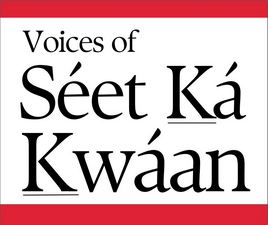
A pilot study is showing a healthy population of Sitka black tail deer on Mitkof Island in central Southeast Alaska. The research uses a combination of DNA sampling from droppings, game camera images and, later this year, GPS tracking.
The Alaska Department of Fish and Game’s multi-year study of deer numbers on the island started last year and has produced an estimate for Sitka black tail numbers from last winter, 2018-19. The estimate is for the number of animals in low elevation winter habitat on the island, below 1700 feet.
“You know it’s the first reliable estimate of sort of island-wide abundance where the idea was to sample to produce a population estimate for this larger area of space rather than just producing an estimate that might overlap with just the deer indices of abundance,” said Dan Eacker, the department’s deer biologist for Southeast. “So I think there were some different goals between our work that’s going on currently and sort of past DNA efforts.”
Eacker estimates there are 4600 deer in that winter habitat on Mitkof Island. That’s an average of 9.5 deer per square kilometer or 24 deer per square mile. And that’s in line with DNA population estimates done elsewhere in the region like on Prince of Wales Island.
“You know at the low end they found about seven deer per square kilometer on these managed lands that were older than 30 years ago and then in sort of the more natural more old growth stuff there was 12 deer per square kilometer,” he said of a Prince of Wales population study. “So we’re kind of right in between that somewhere. And so I think that shows that the deer population’s pretty healthy on Mitkof Island.”
It’s also above a guideline of 18 deer per square mile that the U.S. Forest Service uses for assessing forest habitat quality.
The dense rainforest makes estimating deer difficult. Past methods of counting have relied on plane flights over open alpine areas or smaller scale counts of pellet droppings. Those give a more general sense of trends in the population, whether numbers are rising or falling. Eacker’s study includes taking DNA samples from those droppings to get information on the population, ages and gender. He also has arrays of game cameras in four different areas to add to that information. That’s helped produce at least one surprise in his research.
“There’s about the same number of bucks as there are does on the island which normally you see it bias toward females more. You know in more heavily hunted populations but the population has been, the bucks especially it’s been a pretty restricted season for quite a long time. So yeah I think that’s resulted in a higher buck to doe ratio then you see in some other deer populations but yeah as far as Southeast I would say compared to Prince of Wales we’re kind of in-between their low and high number of deer.”
The local hunting season has a one buck limit, with no doe hunting and was limited to just two weeks until it was lengthened last year.
Eacker’s study may ultimately show if that lengthened season has an impact on deer numbers. He’ll be adding another winter’s worth of DNA samples to his estimate. This spring he also gathered thousands more game cam photos that can add to knowledge of habitat selection. This summer he also plans to capture and fitting 20 deer with GPS collars.
“At this point we’re just going to be collaring adult females and we have 20 collars at this point in time,” Eacker said. “And we will be driving around trying to capture deer using both ground darting methods and we have net-gunning as well, to net gun deer out of the truck and you don’t have to use immobilization drugs as well.”
That collaring is planned for August. Eacker is based in Juneau. He hopes to take a boat to Petersburg to do that work and camp outside of town to avoid any chance of spreading coronavirus.
A past study used VHF radio collaring to track deer movement but Eacker says collaring technology has improved since then.
“They did have just radio VHF collars,” he said. “So that requires a lot of flying and some ground relocation as well, you can triangulate on those signals and get a location that way. But you can imagine it’s not as precise and you just can’t get as many locations. So these new collars they have like an eight to 15-meter accuracy and you can set them to collect whatever fixed rate you want to take a location every two hours or four hours.”
He’s hoping to get about two years of collaring data. Eacker wants to continue the study on Mitkof for another two years to incorporate that information from that tracking. He thinks the study method could be used in other parts of Southeast in the future.












